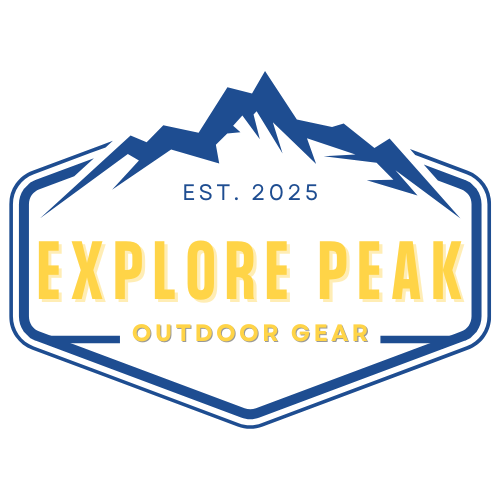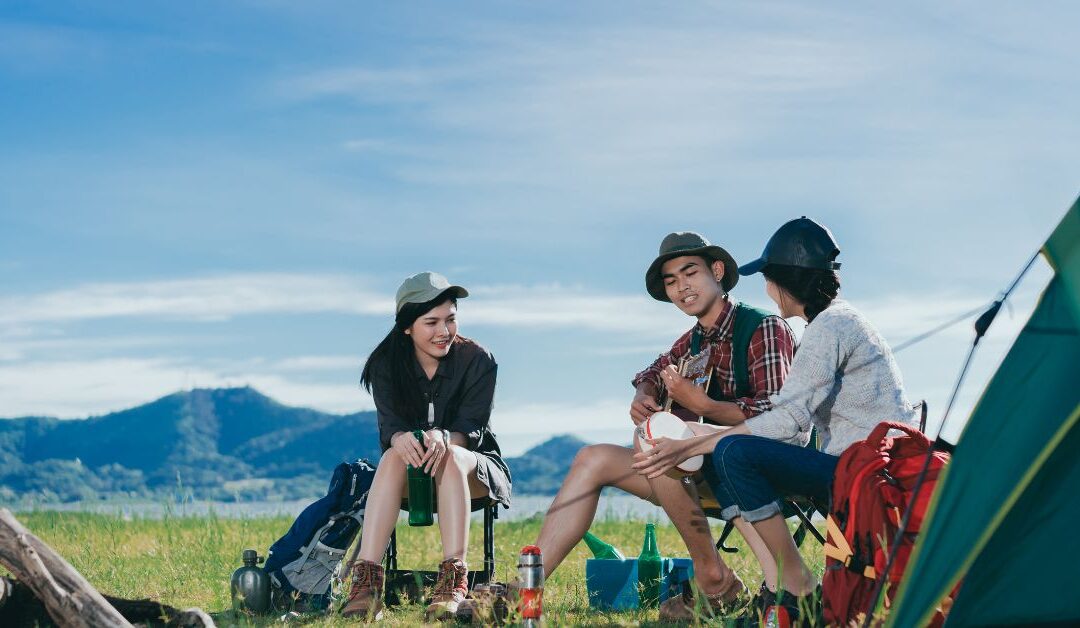Whether you’re conquering alpine summits or rolling into a forest campground in your RV, having the right camping equipment determines how safe, comfortable, and enjoyable your trip will be. Too much gear and you’re overwhelmed; too little and you risk discomfort—or worse.
In this guide, you’ll learn how to select reliable, lightweight, and budget-friendly equipment for both climbers and RV travelers, how to organize your kit efficiently, and what mistakes to avoid before your next outdoor adventure.
Why the Right Camping Equipment Matters
Climbers and mountaineers often need compact, performance-driven gear that withstands unpredictable weather. RV travelers, on the other hand, can afford a few comfort upgrades—think plush sleeping pads or larger stoves. The key is finding versatile items that transition between both lifestyles.
Here’s how to build a balanced gear system that keeps you prepared for everything—from high-altitude ridges to relaxed weekend campouts.
Core Categories of Camping Equipment You’ll Need
Shelter & Sleeping Gear
Your tent and sleep system are the foundation of every trip.
- Tents: Climbers should opt for four-season or geodesic tents that resist wind and snow. RV campers can enjoy roomier, double-wall designs with better ventilation.
- Sleeping Bags: Down insulation offers warmth-to-weight efficiency; synthetic fills handle moisture better. Choose one rated slightly colder than the lowest expected temperature.
- Sleeping Pads: Don’t underestimate R-value insulation—cold ground drains body heat quickly. Self-inflating pads provide excellent comfort.
Pro Tip: Always test-pitch your tent at home and inspect poles, zippers, and seams. Nothing ruins a trip faster than discovering a missing stake in a downpour.
Cooking & Camp Kitchen Gear
Good food boosts morale. The right setup depends on your level of mobility.
- For Climbers: Compact stoves like isobutane or liquid-fuel models are ideal. Titanium pots save weight and space.
- For RV Travelers: Two-burner stoves, cast-iron pans, and collapsible sinks make mealtime more comfortable.
- Essentials: Fuel canisters, lighter, utensils, cutting board, biodegradable soap, and quick-dry towels.
Organization Tip: Keep a labeled kitchen tote so you can grab and go for short hikes or day trips.
Navigation & Survival Tools
Even in a digital world, analog navigation skills are essential.
- Bring a map and compass—GPS batteries can fail when you least expect them to.
- Add a first-aid kit, multi-tool, headlamp, and repair tape to your core essentials.
- For mountaineers: pack avalanche gear, ice axes, and emergency bivy sacks.
- For RVers: carry roadside tools, jumper cables, and a compact fire extinguisher.
Safety Reminder: Always build redundancy—carry at least two methods for navigation and two for fire starting.
Backpacks & Bags
Every adventure calls for the right carry system.
- Daypacks (20–35 L): Best for short hikes or summit pushes.
- Overnight Packs (40–60 L): Ideal for weekend trips.
- Expedition Packs (60 L+): Necessary for extended alpine routes.
Look for padded hip belts, adjustable torso lengths, and compression straps for stability and comfort.
Packing Tip: Place heavy items mid-back, close to your spine, for better balance and reduced strain.
Clothing & Outerwear
Layering is critical for comfort and safety. Start with moisture-wicking base layers, add insulating mid-layers like fleece or synthetic puffies, and finish with waterproof outer shells.
- Base Layers: Merino or synthetic blends to manage sweat.
- Mid-Layers: Fleece or down for insulation.
- Shells: Breathable, wind- and rain-proof options (look for PFAS-free DWR coatings).
Pair your clothing with durable outdoor footwear suited to the terrain—sturdy boots for climbs and lighter trail shoes for casual hikes.
Tips to Upgrade Your Camping Setup
- Adopt Modular Packing: Store gear in labeled bins or duffels inside your RV or garage. Transfer only what you need for each trip.
- Test at Home: Pitch tents, light stoves, and repack bags before departure. Familiarity prevents field frustration.
- Invest in Quality Footwear: Ill-fitting boots cause blisters and injuries. Always break them in first.
- Prioritize Multi-Use Gear: A pot that doubles as a bowl or a jacket suitable for both hiking and basecamp lightens your load.
- Maintain regularly: Wash sleeping bags, re-seal tent seams, and inspect zippers annually. Clean gear performs better and lasts longer.
Selecting the perfect camping equipment isn’t about having the most gear—it’s about having the right gear for your specific adventures. Striking the balance between weight, comfort, and safety ensures every trip is efficient, enjoyable, and worry-free.
When you build a modular, reliable setup—whether for mountain summits or cozy campgrounds—you’ll travel lighter, sleep warmer, and explore further.
Ready to upgrade your setup? Visit ExplorePeakOutdoorGear.com/shop for curated outdoor gear collections, and subscribe to our newsletter for expert tips, gear reviews, and seasonal deals.

